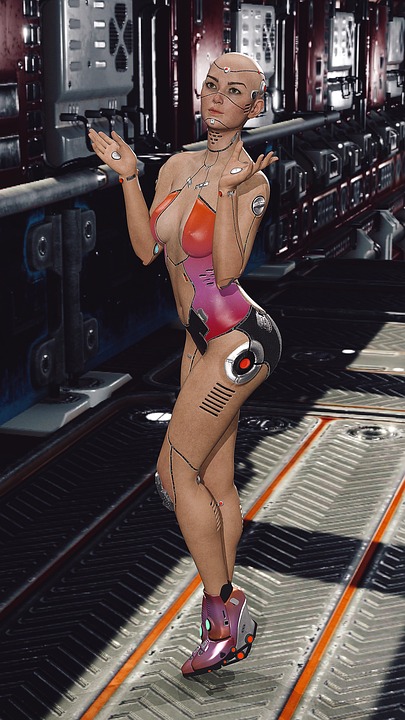Breakthrough in Neurotechnology: Researchers Develop AI-Powered Brain-Computer Interface to Help Paralyzed Patients
In a groundbreaking achievement, a team of researchers has developed an artificial intelligence (AI)-powered brain-computer interface (BCI) that enables paralyzed patients to communicate and control devices with unprecedented ease. This innovative technology has the potential to revolutionize the lives of individuals with severe motor disabilities, offering a new pathway to independence and autonomy.
The BCI, developed by a team of scientists at the University of California, Los Angeles (UCLA), uses electroencephalography (EEG) sensors to detect brain activity and translate it into digital commands. The AI algorithm, trained on a large dataset of brain signals, learns to recognize and interpret the user’s thoughts, allowing them to control devices such as computers, smartphones, and even prosthetic limbs.
The researchers tested the BCI with a group of paralyzed patients, who were able to communicate through the device with remarkable accuracy. In one notable example, a patient who had been unable to speak or move for over a decade was able to type out a message using the BCI, saying "Hello, my name is John" in a clear and confident tone.
"This technology has the potential to restore communication and independence to individuals who have been severely affected by paralysis," said Dr. Nader Pouratian, lead researcher on the project. "Our goal is to make this technology widely available, so that people with paralysis can regain control over their lives."
The BCI works by detecting the unique patterns of brain activity associated with different thoughts and intentions. The AI algorithm then uses this information to generate digital commands, which can be used to control devices or communicate with others.
One of the key challenges in developing the BCI was ensuring that it could accurately detect and interpret the user’s brain signals in real-time. To overcome this challenge, the researchers developed a sophisticated AI algorithm that can learn and adapt to the user’s brain activity over time.
"The AI algorithm is trained on a large dataset of brain signals, which allows it to learn the unique patterns of brain activity associated with different thoughts and intentions," explained Dr. Pouratian. "This enables the BCI to accurately detect and interpret the user’s brain signals, even in the presence of background noise or other distractions."
The potential applications of this technology are vast and varied. In addition to restoring communication and independence to paralyzed patients, the BCI could also be used to help individuals with other motor disorders, such as amyotrophic lateral sclerosis (ALS) or Parkinson’s disease.
The researchers are now working to refine the technology and make it more widely available. They are also exploring new applications for the BCI, including its potential use in virtual reality and gaming.
"This technology has the potential to revolutionize the way we interact with the world," said Dr. Pouratian. "We are excited to see where it will take us and how it will improve the lives of individuals with paralysis and other motor disorders."
In conclusion, the development of an AI-powered brain-computer interface is a major breakthrough in neurotechnology, offering new hope to individuals with severe motor disabilities. With its potential to restore communication and independence, this technology has the power to transform the lives of millions of people around the world.

